Intro
This is a beginner's beginner guide to vacuum theory with the goal reaching a broad audience by using brief, informal descriptions and avoiding the use of math or units; science background not needed. It incrementally introduces some of the concepts and language used in vacuum technology, hopefully laying a solid groundwork for future learning.
This training document starts off zoomed out and oversimplified. Building on itself as it goes, using vocab defined earlier to help define newer terms. It ends, still zoomed out and oversimplified, though less so. But take note: these topics run much, much deeper than described here; further discussion can be found within the other pages of LCLS Vacuum Support Training, within textbooks, the internet at large, and most of all within your coworkers (go talk with them!).
Side note: Most of the pictures here are linked to external material, including: videos, articles, slides, and product pages. Click to explore; though they aren't necessary, and can be tangential or go well beyond the scope of this introductory guide.
Happy Learning!
Starting at the bottom, Setting the scene
Atoms
Atoms, totally a thing! they're small. really small. a million of them fit across a single human hair. tiny, but they still take up space.
they often like to group up with other atoms to form molecules.
Gasses
Hey so gasses exist. You're breathing some right now.
What are gasses made of? molecules. Usually as a mix of different molecule types. Air is a mix of over ten types of molecules (mostly nitrogen and oxygen).
People work very hard to collect gasses that aren't mixed.
What are those gas molecules doing? mostly just bouncing around. –off each other, off the walls.
How fast are they moving? fast. really fast. usually over a thousand miles per hour (you are being pelted by molecules right now).
The speed of individual molecules depend on their temperature and mass: cold things fly slower, heavy things fly slower.
but that speed is only for individual molecules; the gas as a whole has no great speed or direction because the molecules bounce off each other randomly in every possible direction.
How many molecules are in any given space? a lot! the room you're sitting in has about a gazillion gas molecules in it (the box in the above animation represents an area much tinier than a grain of sand).
BUT: the number of molecules in a room depends on the pressure of the gas in the room: fewer molecules = lower pressure.
Gas Pressure
When a gas molecule bounces off of something it pushes on that something. If that something is another gas molecule that other molecule goes flying off. If that something is much bigger, for example a metal box, the molecule will push on the box just the same, but the box will hardly budge, it's way too big.
Ah but what happens when we add more molecules to the box? All of those little bounces add up. And that's pressure: the push from all the molecules. Add enough molecules and the pressure will rise so high that the box might pop!
Mixing Gasses: Partial pressures
So gasses mix. How does mixing gasses change pressure? The pressures add up. Here's an example:
In the mixed chamber the oxygen and nitrogen are still contributing the same pressures they had when they were separate. Those contributing pressures are called partial pressures. Oxygen's partial pressure in the mixed chamber is 2 units of pressure.
Now what happens if we remove, instead of add, molecules? Vacuum.
Vacuum
When the pressure in the box is lower than the air around us, we call it a relative vacuum.
When there are absolutely no molecules whatsoever in a space, we call it a perfect vacuum.
but a perfect vacuum never happens. All vacuum chambers leak. And even in the furthest reaches of space, a stray molecule here and there flies past; though it probably won't hit another molecule for many lifetimes.
Behaviors of gasses
Distance between bounces: Mean Free Path
The average distance that a gas molecule can travel before colliding with another gas molecule is called the mean free path.
as pressure drops, mean free path increases, because there are less molecules to run into. Gasses can act very differently depending on the the length of the mean free path. But let's start with what we're used to: the air around us, where the mean free path is much, much shorter than the width of a human hair.
The air around us as dominos: Viscous Flow
Sound is motion
Remember: molecules are tiny, and there's a lot of them in the air around you—there are more molecules within a literal hair's width of your nose than you could count in a lifetime. And what are they doing? Bouncing into each other. Knock enough molecules in one direction and those molecules will knock into the next like dominoes, and that's pretty much how sound happens:
Sound is waves of rapid pressure change, and no molecules need to travel from the speaker to the ear to hear. Watch the red dots in the above animation, see how they just oscillate back and forth? Now compare that to the smoke going back and forth with the sound waves, same thing:
The speakers moved enough air to extinguish the flames, but it wasn't the air from the speaker that put out the candles. The air from the speaker started the domino chain, but it was the air already next to the flame that put the flame out.
And the domino chain that is the sound wave moves through the air so fast that it looks like all the flames went out at once, but the flames get extinguished one after the next, at the speed of sound, and the speed of sound is simply too fast to see. So the sound has direction, but the air doesn't flow. This lack of airflow is unlike blowing out a flame, where the air itself moves in a particular direction.
Blowing is flowing
Blow out a flame and the continuous stream from behind makes the air flow from one place to another—it's like pushing a crowd from the back. Keep pushing and it keeps flowing, as long as it has somewhere to go. we call this behavior viscous flow.
Suction pumps create flow in just the opposite way: remove some molecules and the ones next to it fall into the empty space left behind and, just like the dominoes, that next-door molecule leaves behind it's own void that gets filled by other molecules, and so on and so forth.
Both blowing and sucking create the domino-chain-like behavior known as viscous flow, and it's what we're used to and expect because we live out our entire lives in this gas we call 'air', always at atmospheric pressure. When viscous flow is slow it can be smooth (laminar) like the smoke from the flame, and when the flow gets fast it gets rough (turbulent), like the blown smoke. But what happens when the pressure gets so low that molecules hardly run into each other? No more domino chains, no more viscous flow: Molecular Flow.
Gasses in Vacuum Chambers
Low pressure flow: air hockey analogy
Imagine the world's largest air hockey table, you place a few pucks on the table, and hit them in random directions. They'll hit each other sometimes, but they're much more likely to hit the walls. And it's just as likely to bounce back into your own goal as it is to bounce into the opponent's goal. Now replace the flat of the table with the space inside a vacuum chamber, and replace the pucks with molecules; this is molecular flow: when a molecule is more likely to hit a chamber wall than it is to hit another molecule, and there is no general direction to the flow. check out the molecular flow figure (above the air hockey table), some arrows point forwards and some backwards), unlike viscous flow where all the arrows point generally forwards.
Pumping in a molecular flow
For a pump to create suction, it needs enough molecules around for the domino-chain behavior of a viscous flow, so in molecular flow a pump cannot pull air. But if that pump Can't suck, what does it do? It traps. Like the goal on an air hockey table traps the puck when it flies in. But there's nobody knocking molecules towards the pump like there would be in air hockey, It's alllll random!
Well if a molecule getting trapped behind a pump is random, How likely is a molecule to randomly fly into a pump? That depends on how big the tube is leading to the pump.
Tube Size and Conductance
A long/narrow tube restricts gas flow more than a wide/short tube. The rate of gas flow through a tube is called the tube's conductance; the long/narrow tube has the lower conductance of the two.
Sadly adding a bigger pump to suck faster though the tiny tube only works in viscous flow. In molecular flow, the pump will only ever remove molecules at the rate they naturally fly through the smallest/longest tube in leading to the pump. Putting a bigger pump on the same tube won't pump any faster. The lowest conductance point sets the pace. =(
Stuck on walls: Condensation and Evaporation
Ok, so you know how I said molecules bounce off walls? Not the only way wall-molecule interaction plays out. most of the time a gas time any gas molecule hits a surface it actually sticks to that surface, if only temporarily, like how breath fogs a mirror; this called adsorption (not to be confused with absorption).
And also just like fog on a mirror vanishes over time, those stuck molecules will eventually jump back off of the surface (i.e. evaporate, outgas, desorb), flying off in a random direction.
How long a molecule stays stuck before desorbing from a surface depends on the type of molecule, the temperature, and the what the surface is made of. Evaporation of a molecule can happen any time between almost instantly and basically never. And we'll never be a able to predict the moment exactly, but we usually have a general idea for how long, based on things like temperature, pressure, and material.
When a molecule is flying around a vacuum chamber, it's contributing to the total pressure, but a molecule is trapped on the surface doesn't contribute to pressure because it's not a gas, it's trapped on that surface! So if a type molecule tends to jump off surfaces rarely, the pressure can stay low. And also if a type molecule tends to jump off quickly (from a given surface at a given temperature) it will hop around enough to quickly find its way into a pump, again the pressure drops.
The trouble for lowering pressure comes when a given type molecule jumps around enough to raise the pressure, but not enough to easily find it's way into the pump. Check out the Application of Vacuum Theory page to see how we deal with troublesome molecules.
Here is a presentation created by Dan Peterswright that introduces some vacuum concepts and walks through Gas Laws. It also offers a few examples that illustrate the effects of pressure differentials created by establishing vacuum in flexible couplings and brief examples that illustrate the related gas laws.


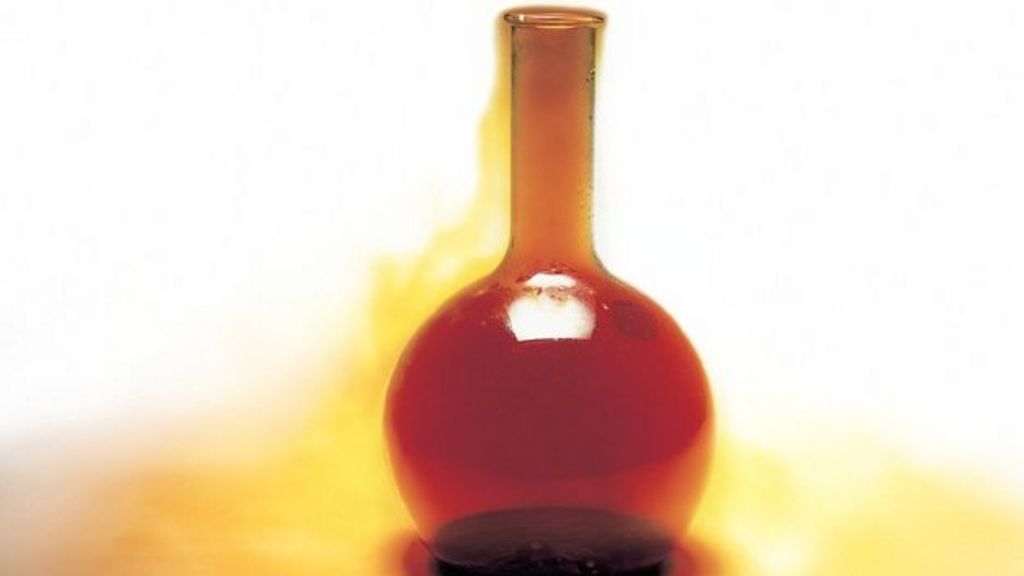





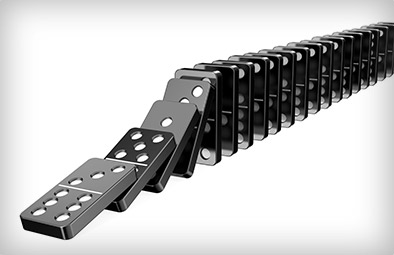

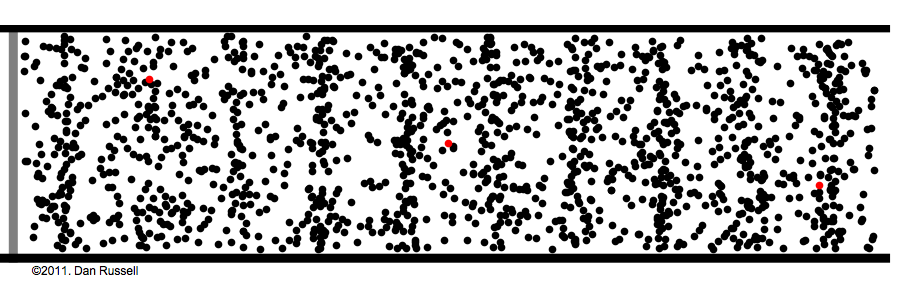


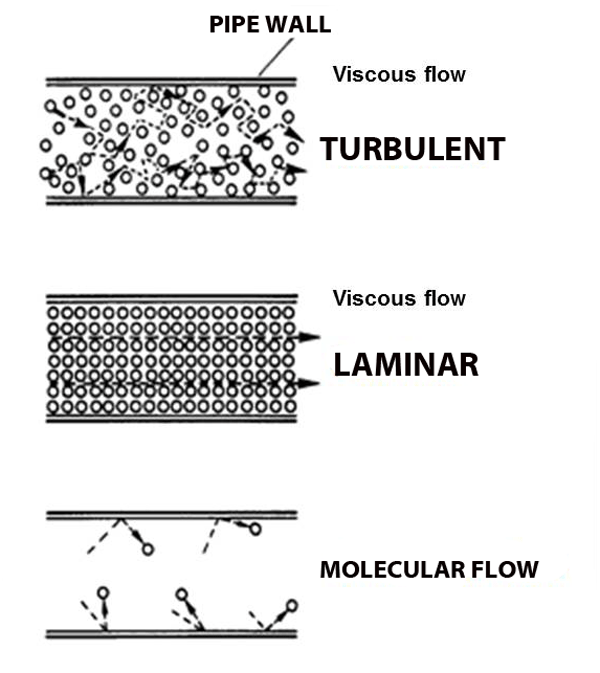

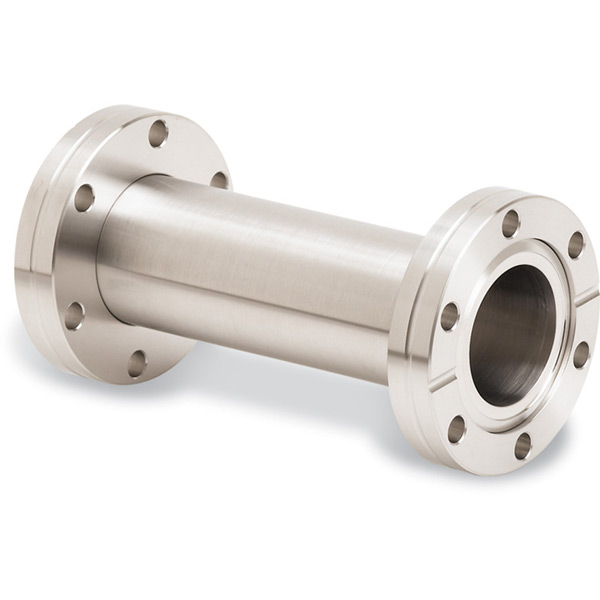
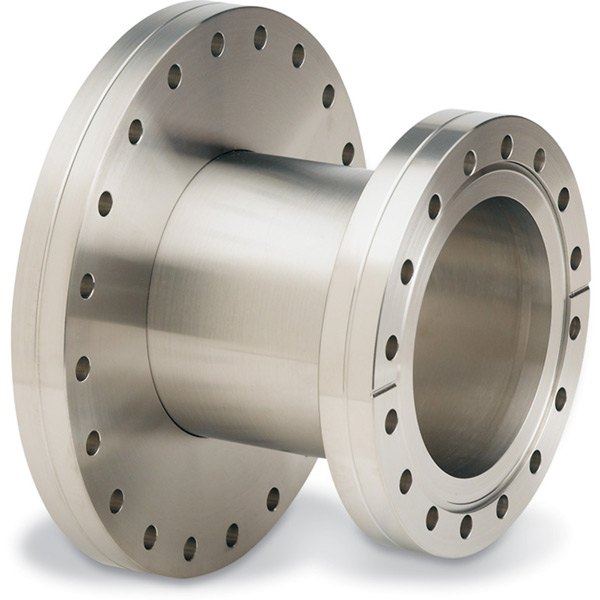
/GettyImages-1061851344-670639e17b314169bf6f62ba09bfd259.jpg)

